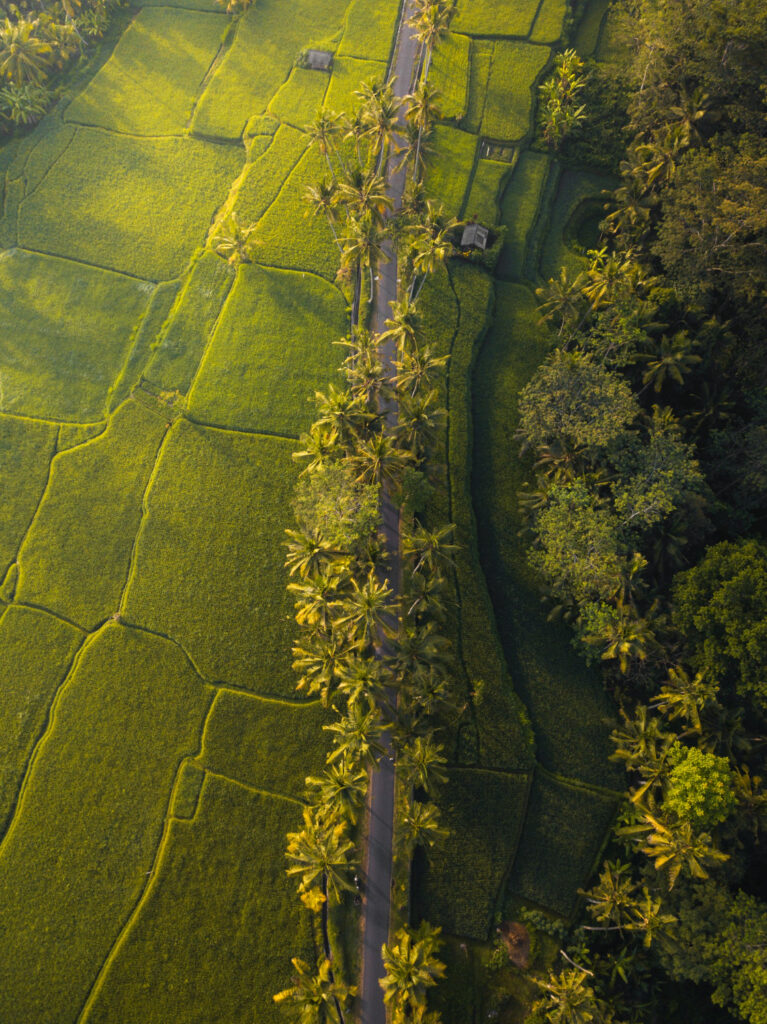
Nestled along the southwestern coast of India, Kerala emerges as a cultural mosaic woven intricately into the fabric of its diverse landforms. Spanning from the coastal plains to the towering Western Ghats, this region’s varied topography isn’t merely a canvas of natural beauty; it’s a reservoir of cultural significance and historical evolution.
Artistic Expressions and Architectural Marvels
The enchanting landscapes of Kerala, particularly the Western Ghats, have been the muse for poets, painters, and artisans for centuries. The undulating hills, glistening waterfalls, and dense forests have inspired traditional art forms such as Kathakali and Mohiniyattam, where performances often draw motifs and narratives from the region’s natural bounty.
The state’s architectural marvels speak volumes about the seamless blend between man-made structures and natural elements. The traditional wooden houses adorned with intricate carvings and distinctive sloping roofs echo the architectural harmony that Kerala’s topography offers. The availability of timber from the Western Ghats has significantly influenced the construction styles, ensuring buildings withstand the region’s climatic challenges.
Agricultural Traditions and Indigenous Practices
Kerala’s diverse landforms have been instrumental in shaping agricultural practices and sustaining indigenous lifestyles. The fertile midlands, nurtured by perennial water sources, have yielded a rich bounty of crops like rice, spices, and coconuts. The Kuttanad region, with its unique below-sea-level paddy fields, showcases the resilience and expertise of locals in managing land and water, a technique that has sustained for generations.
The mountainous terrains have fostered a deep-rooted bond between indigenous communities and the land. Tribes like the Malayarayan and Paniyar have preserved their cultural heritage through age-old agricultural practices, deeply intertwined with the mountain ecosystem. Their sustainable farming methods and traditional knowledge exhibit a harmonious coexistence with nature, shaping their cultural identity.
Spirituality and Sacred Spaces
The topography of Kerala embodies sacredness and spirituality, shaping the cultural ethos of the region. The serene hill stations like Munnar and Wayanad have been sanctuaries for spiritual retreats and meditation, offering tranquil spaces for self-reflection. Many temples and shrines nestled in these hills symbolize the spiritual significance attributed to the elevated terrains.
The expansive coastline has been pivotal in fostering cultural exchange with the world. Ports like Kochi and Kozhikode have historically welcomed traders from distant lands, leaving an indelible imprint on Kerala’s cultural tapestry. This exchange has influenced the state’s traditions, cuisine, and art forms, enriching its cultural heritage.
Festivals and Cultural Galas
Kerala’s festivals and celebrations reflect the vibrancy and diversity derived from its landforms. Onam, the harvest festival, epitomizes the richness of the fertile plains, celebrated with vibrant cultural pageantry and sumptuous feasts. The Thrissur Pooram, a grand temple festival, embodies the grandeur and communal harmony deeply ingrained in Kerala’s cultural ethos, resonating with the spirit of the midlands and coastal regions.
In essence, Kerala’s landscapes aren’t mere geographical contours; they are living repositories of cultural wealth and historical legacy. The profound influence of these landforms on art, architecture, spirituality, agriculture, and festivities is a testament to the enduring bond between the people of Kerala and their diverse natural surroundings. Across generations, these landforms continue to shape Kerala’s identity, preserving its rich heritage and fostering cultural diversity.



